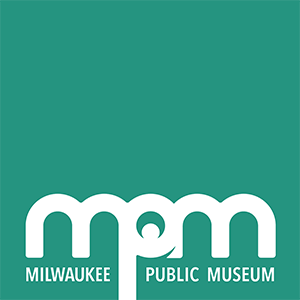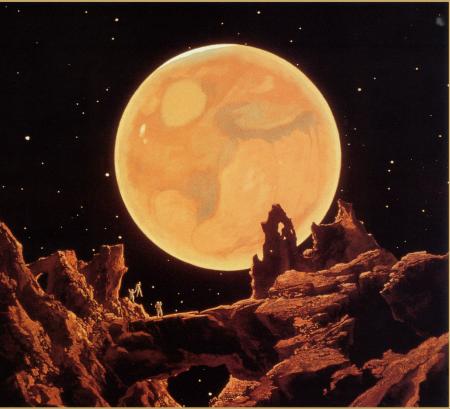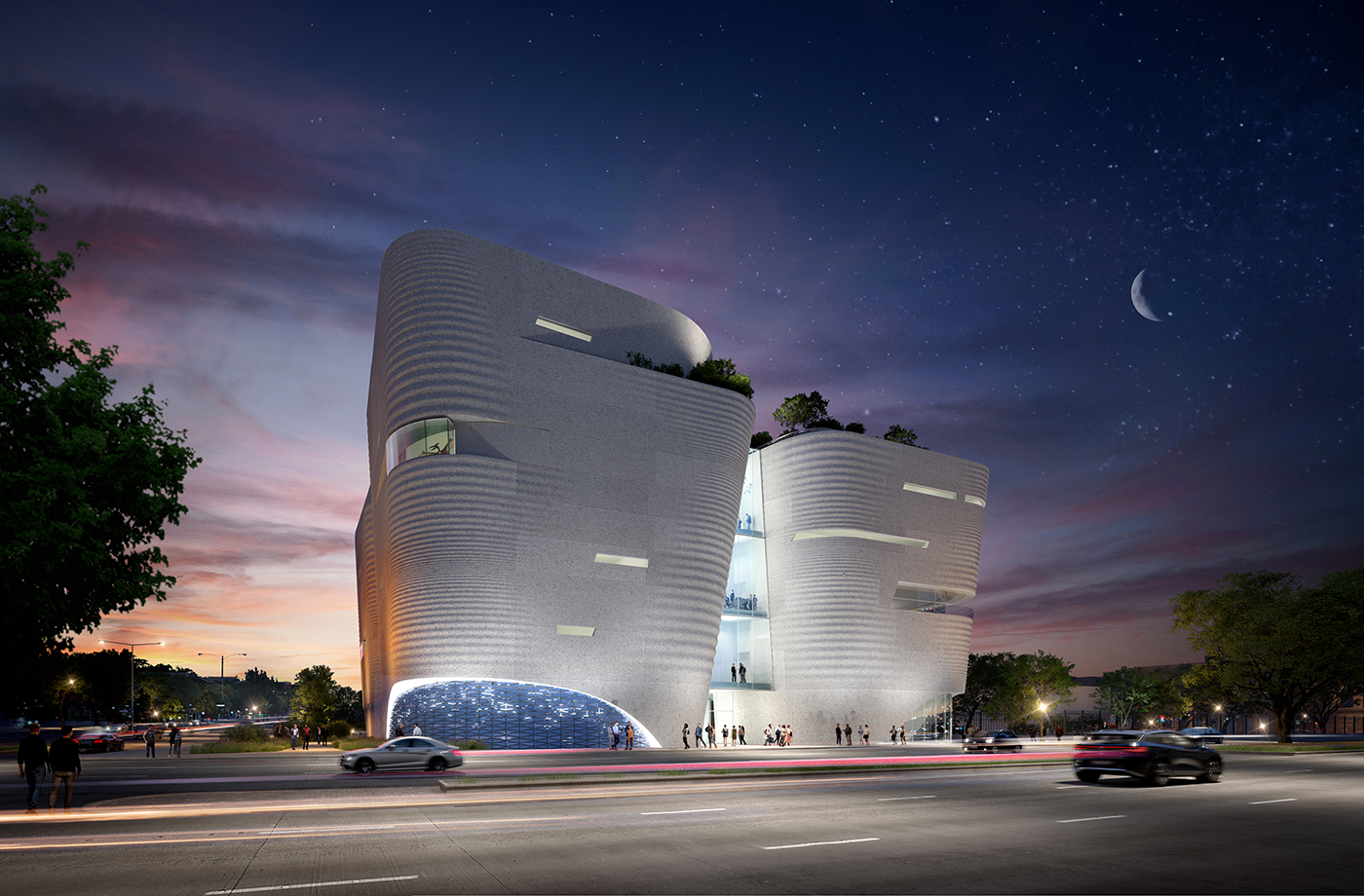Planetarium Newsletter - January 2021
Cosmic Curiosities
“The light from a galaxy a billion light-years away, for instance, will take a billion years to reach us. It’s an amazing thing. The history is there for us to see. It’s not mushed up like the geologic record of Earth.”
- Margaret Geller, American Astrophysicist



